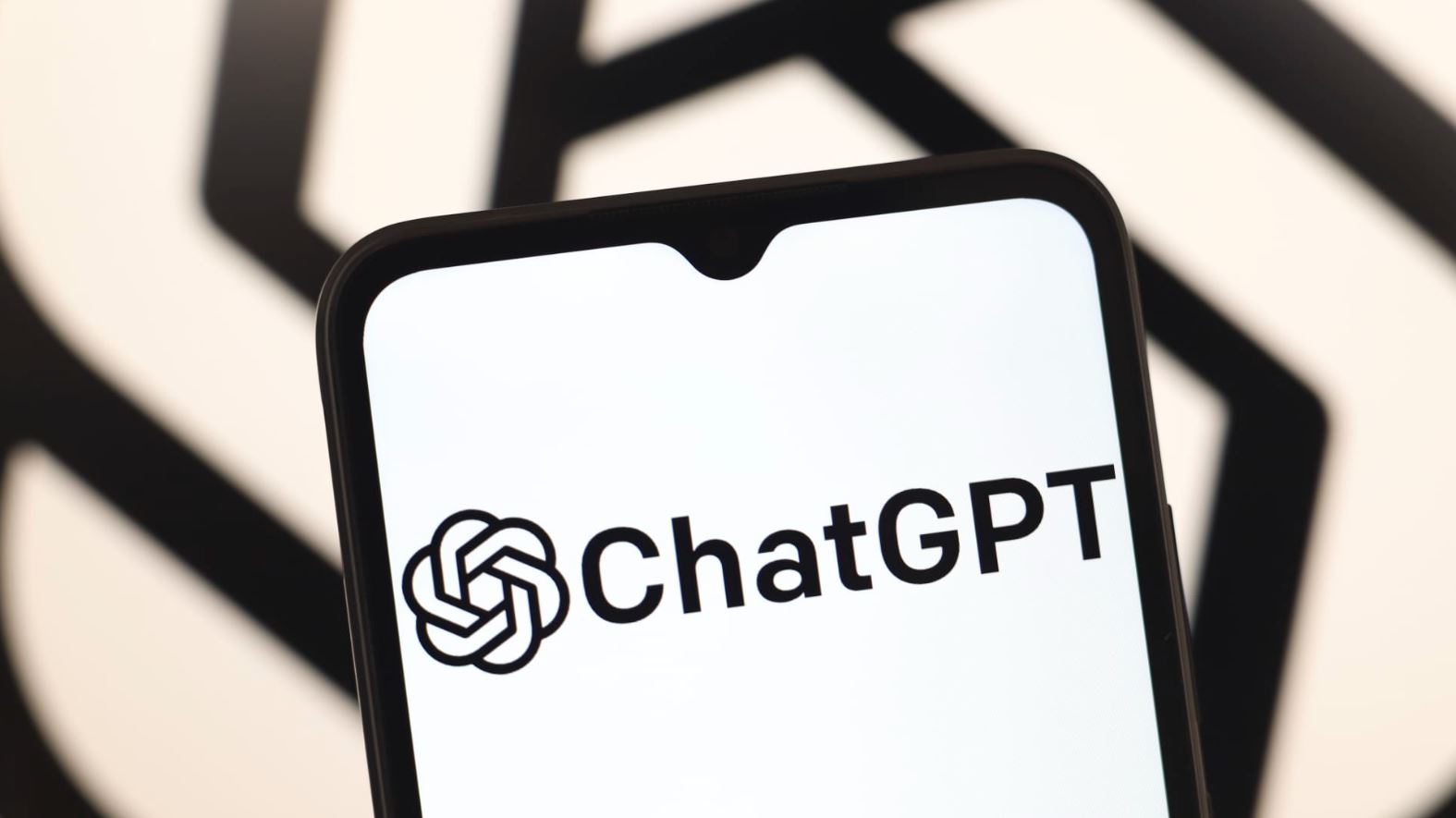 OpenAI’s ChatGPT has reached a new milestone with 700 million weekly active users, up from 500 million in March. This rapid growth shows how AI tools are quickly becoming essential across many sectors.
OpenAI’s ChatGPT has reached a new milestone with 700 million weekly active users, up from 500 million in March. This rapid growth shows how AI tools are quickly becoming essential across many sectors.
As the company celebrates this milestone, it’s also gearing up to launch GPT-5 in early August. This release aims to reinforce OpenAI’s lead in the competitive AI landscape while ensuring its competitors keep pace.
Nick Turley, OpenAI’s Vice President of Product for ChatGPT, remarked, “Every day, people and teams are learning, creating, and solving harder problems.” His words capture just how integral these tools have become for daily operations, both for individuals and companies.
GPT-5 will integrate advanced reasoning capabilities from OpenAI’s o3 series directly into the main GPT platform. This unified approach makes it easier for users to benefit from enhanced performance without having to navigate multiple models.
Despite the excitement, OpenAI CEO Sam Altman urges caution, noting that while GPT-5 marks a significant step forward, reaching full artificial general intelligence (AGI) will take time. Alongside these developments, OpenAI is expanding its business reach, now serving 5 million corporate customers up from 3 million in June, and boosting annual recurring revenue to $13 billion—with expectations to exceed $20 billion by year’s end.
Significant investments are backing this growth, including a $30 billion annual lease with Oracle for data centre capacity and an $11.9 billion deal with CoreWeave. These moves, coupled with international expansion plans, come at a time when tech giants and emerging contenders alike are intensifying their efforts, sparking a competitive talent race in the sector.
Beyond technological advancements, OpenAI is also addressing user wellbeing by introducing features like break reminders and support tools for challenging moments. This balanced focus helps mitigate some of the pressures that come with rapid change and heightened regulatory scrutiny.
With GPT-5 set to offer several versions—including mini and nano models via its API—developers and businesses can select the option that best fits their needs. This versatility, along with ChatGPT’s soaring user numbers, underlines the platform’s reliability and encourages long-term investment in AI.
As OpenAI navigates this transformative period, the question remains: can this momentum translate into enduring market leadership? For now, the impressive figures and strategic moves suggest a promising outlook.








